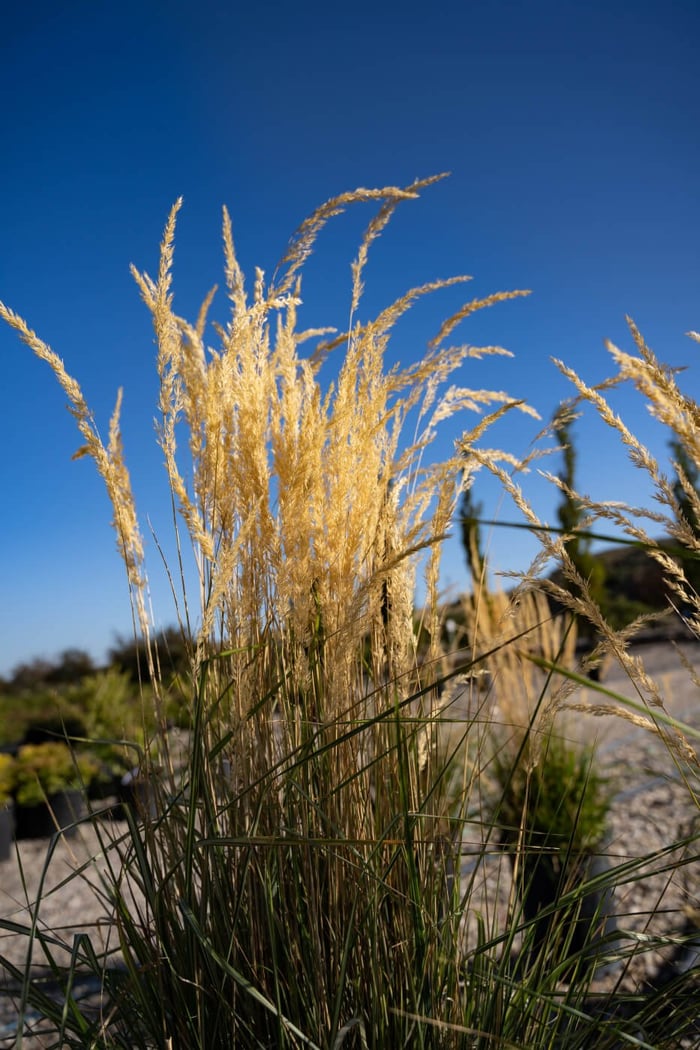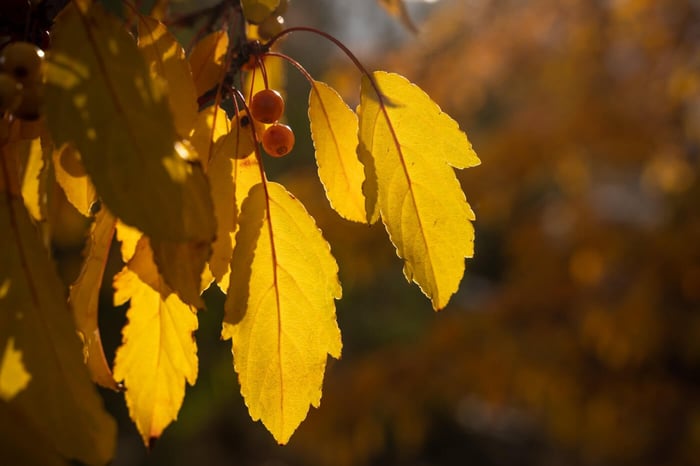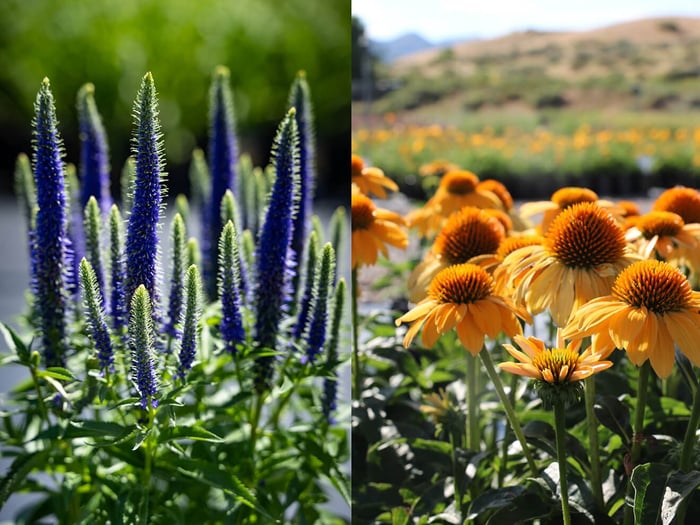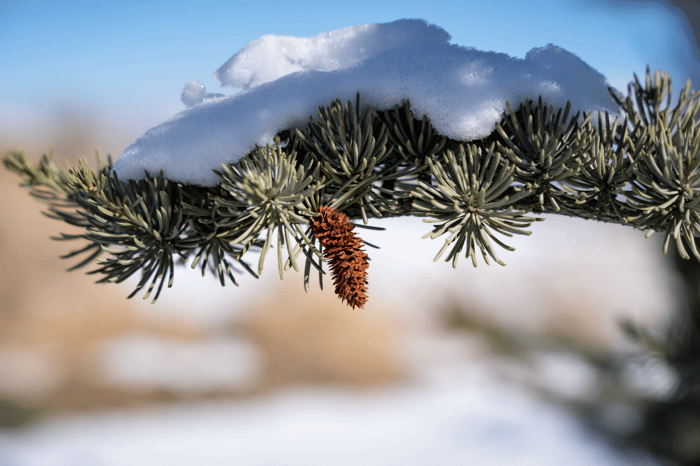
If you're like the rest of us, this is the time of year when you dream of making your yard amazing! You imagine it perfectly laid out with areas for relaxing, recreating, gathering with friends and family...and gardens—BEAUTIFUL GARDENS!
That means plants...but which ones?
You may have a general list of plants you want in our yard, but the most important thing any of us are looking for is SOMETHING THAT WON’T DIE!
In your search for plants that won’t die, you’ve likely discovered the “Holy Grail” of gardening maps, the USDA Plant Hardiness Zone Map! But is it really what it claims to be?

If you rely on this ‘magic” map, this is what usually happens. You’ll look over the map and discover that your area is listed as zone 7 (for example). Then you’ll buy up a bunch of zone 7 plants, create an amazing garden, then sit back and tearfully...watch half of them DIE!
What’s the deal?
Didn’t the map tell you what would grow here?
Actually, it doesn’t.
 Here’s the truth. The USDA Plant Hardiness Zone Map can’t be trusted (completely). When they developed this map, the Department of Agriculture attempted the impossible.
Here’s the truth. The USDA Plant Hardiness Zone Map can’t be trusted (completely). When they developed this map, the Department of Agriculture attempted the impossible.
For what it is, your zone map is OK at best, but you should never rely on that alone to determine which plants can grow in your yard.
Here’s Why:
There’s more to climate than winter temperatures.
The USDA Hardiness Zone Map is based entirely on the average annual minimum winter temperature. That's it! (The map takes no consideration for extreme temperature drops that can kill a plant overnight.) These average temperatures are divided into 10-degree Fahrenheit zones and plotted on a map.
A plant's cold hardiness is the number one factor in determining whether a plant will grow in a given location, so the Department of Agriculture's map is quite helpful. However, our experience indicates two things: First, the Intermountain West doesn't really follow the map. (Particularly because, even though our average winter temperatures are relatively mild, we still have extreme temperature events that will kill your less-hardy plants.) Second, plants behave differently in different locations.
For example: If you look at the national map in this email, you'll see that there are places in southern Washington state that are listed as zone 7b, just like places in northern Texas. Yet, there are plants growing in northern Texas that you wouldn't plant in southern Washington, and vice versa. It would be a monumental effort for the USDA to map each area, city by city and plant by plant.

A zone map can’t begin to tell you what an experienced grower can. Local knowledge is critically important if you want to have a successful garden.
To create a beautiful outdoor escape in the Intermountain West, you need plants that can handle cold winter temperatures as well as high summer temperatures, low humidity, dry wind, poor soils, and sometimes even water loaded with dangerous dissolved solids.

To determine which plants can handle all of that, you could continue to buy plants based on your hardiness zone and replace them as they die, or you could talk with a local grower who has already done the expensive, dirty work for you!
Over the past 30 years, we’ve grown thousands of plants right here in Utah to see how they handle the stressors of this area. We’re still testing new plants today, and watching how they behave over time, so we can be sure they'll perform well in your yard.

If you have questions about what to grow in your yard, PLEASE visit our website, schedule an appointment to visit our nursery, or meet with one of our designers. If you can’t meet with us, contact any nursery or garden center near you. A few minutes with an experienced grower will make your time in the garden much more enjoyable!
Tour The Nursery on a Golf Cart
We’re always just a phone call, text, or email away. You can even chat with us directly at ProgressivePlants.com. We’re happy to help answer any questions you may have.




